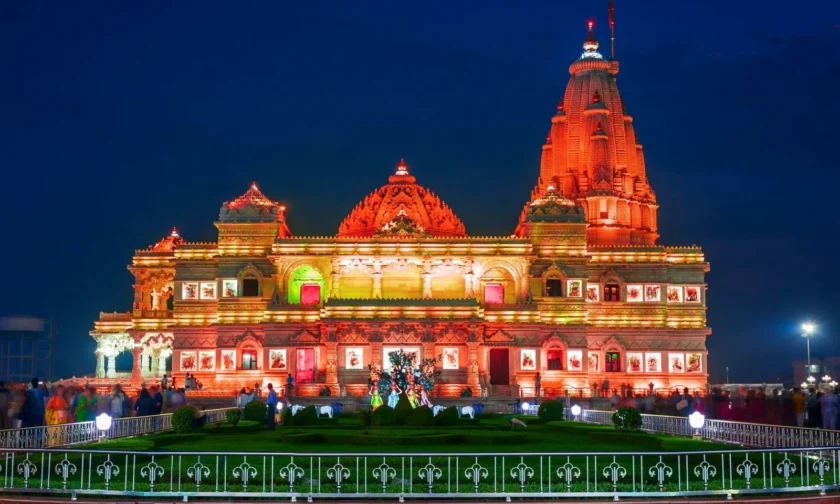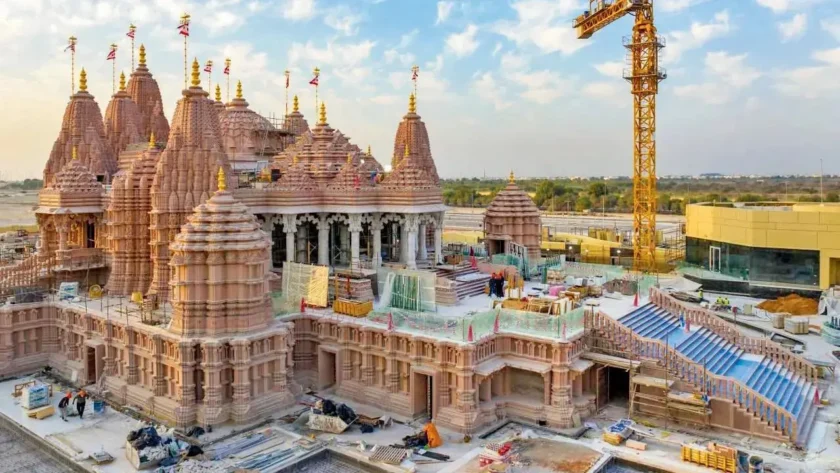Lucknow: Spiritual tourism in India is booming, with millions flocking to sacred sites for a blend of faith, culture, and personal discovery. Recent trends show a significant surge in domestic and international visitors to spiritual hubs like Varanasi, Ayodhya, Ujjain, and Puri, driven by improved infrastructure, government initiatives, and a growing appetite for meaningful travel experiences.
Record-Breaking Footfalls: In 2024, Kashi Vishwanath Temple in Varanasi saw 65 million visitors, Mahakaleshwar Temple in Ujjain drew 73.2 million, and Ayodhya welcomed over 160 million pilgrims, reflecting a sharp rise in religious travel due to enhanced facilities.
Government Push: Initiatives like the Rejuvenation and Spiritual Augmentation of Pilgrimage Destinations (RASPD) and PRASHAD are transforming pilgrimage routes into seamless tourism circuits, with Uttar Pradesh investing ₹4,560 crore to upgrade roads linking spiritual centers.
Regional Highlights:
Madhya Pradesh: The state hosted 134.1 million visitors in 2024, a 19.6% increase from the previous year, with Ujjain’s Mahakaleshwar Temple and heritage sites like Khajuraho and Sanchi Stupa driving growth. The Spiritual & Wellness Summit in Ujjain on June 5, 2025, underscored the state’s ambition to become a global hub for holistic health and spiritual tourism.
Uttar Pradesh: Varanasi, Prayagraj, and Ayodhya are top destinations, with the Maha Kumbh Mela 2025 expected to draw 660 million visitors. The state is enhancing Jain pilgrimage sites and ashrams in Varanasi, Jaunpur, Ghazipur, and Chandauli.
Odisha: Puri’s Jagannath Temple remains a top spiritual destination, securing the number one spot in Travelopedia’s 2024 rankings, bolstered by its cultural allure and coastal charm.
Uttarakhand: The Char Dham Yatra, particularly Kedarnath, saw 1.14 million devotees in just 48 days in 2025, boosting the local economy through heli services and cultural tourism.

Andhra Pradesh: Chief Minister Chandrababu Naidu highlighted the state’s 21 temples, each generating over ₹1 crore annually, as key to positioning Andhra as a tourism leader by 2029.
Economic Impact: Spiritual tourism accounts for over 60% of domestic travel, generating significant revenue for hospitality giants like Taj, ITC, and Lemon Tree, which are expanding in cities like Ayodhya. The market, valued at $65 billion in 2024, is projected to grow at a 15.3% CAGR to $3.69 billion by 2032.
New-Age Trends: Millennials and Gen Z are redefining spiritual tourism, blending darshans with adventure, cultural trails, and wellness experiences like Ayurveda and yoga. Digital platforms like Agoda and MakeMyTrip report soaring searches for destinations like Ayodhya (585% increase), Ujjain (359%), and Badrinath (343%) in 2023-2024.
However, challenges remain. Infrastructure gaps, like limited quality hotels, and safety concerns, such as the Pahalgam terror attack, could deter international visitors. Social media controversies over Indian tourists’ behavior abroad also highlight the need for better civic awareness to sustain India’s global tourism appeal.
This surge reflects a cultural renaissance where faith meets modern travel aspirations, but sustaining it requires balancing heritage preservation with infrastructure upgrades and addressing perception issues globally.






